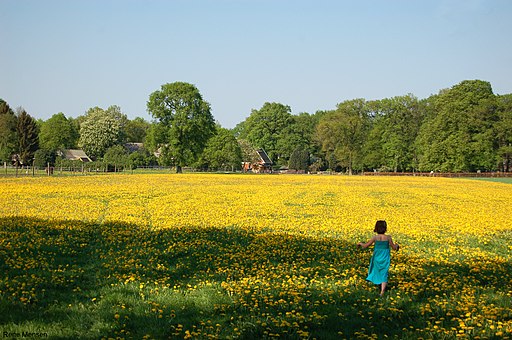A Midsummer Night’s Flickering Lights
Fireflies are beneficial to gardeners not only in the aesthetics of their adult displays, but also when they are larvae residing in leaf litter and other detritus, where they prey on snails and slugs. Firefly larvae also eat earthworms, which is not beneficial as far as gardeners are concerned, but two out of three ain’t bad, as the saying goes. Firefly larvae, like all of nature’s creatures, have concerns other than whether their lifestyle choices benefit human beings.

Firefly Catching, an 1891 Japanese woodblock print by Mizuno Toshikata.
In the 1933 Marx Brothers’ film Duck Soup, Rufus T. Firefly, played by Groucho Marx, has some idiosyncratic views on how to woo wealthy widow Mrs. Gloria Teasdale, played by Margaret Dumont.
The fireflies children chase and capture are usually the ones out in the open, flying over an expanse of lawn. Those are the males, flashing their lights for the benefit of the females who, in most species, are incapable of flight and watch and wait from vantage points in the leaf litter and tall grass at the edge of wilder areas, sometimes flashing lights of their own in response. Those edge of the wild and wild areas are critical to the success of the firefly’s life cycle. We may notice only the fireflies flickering across our lawns on a summer evening, but mostly they spend their short lives in wilder areas where the grass grows tall and becomes meadow, and then past that where the trees become forest. Be careful where that pesticide spray drifts then, or better yet avoid using it as much as you can, and consider that the best light show of all on a warm summer’s evening doesn’t come with loud bangs and puffs of acrid smoke, but with an unassuming quiet beauty.
― Izzy 

